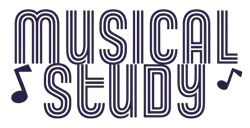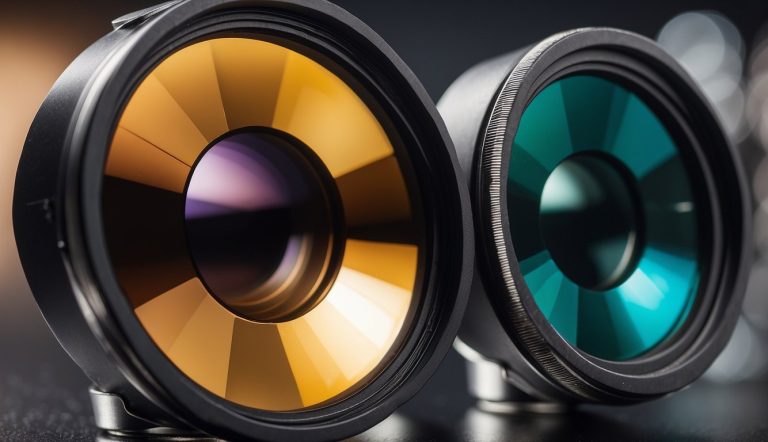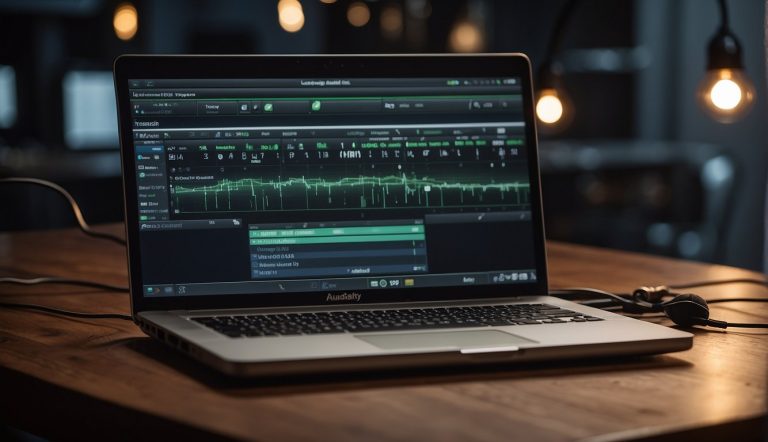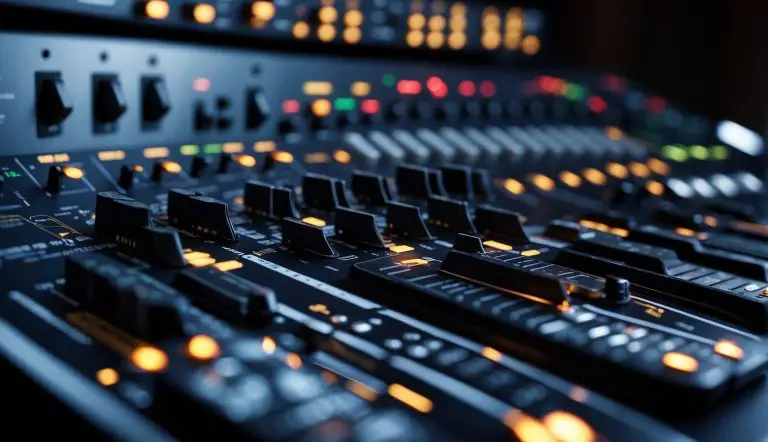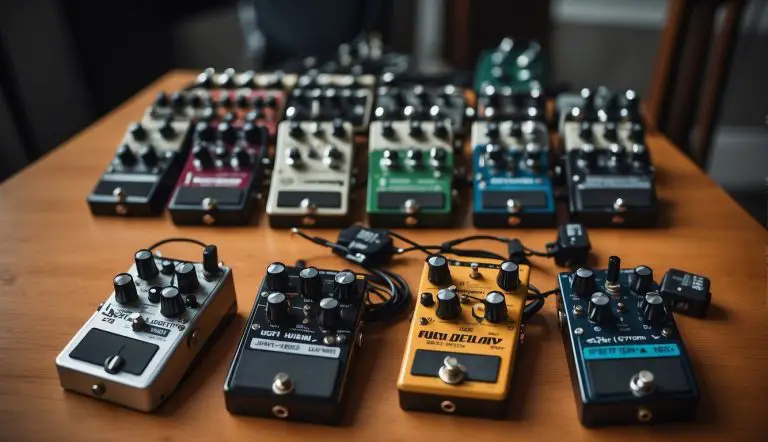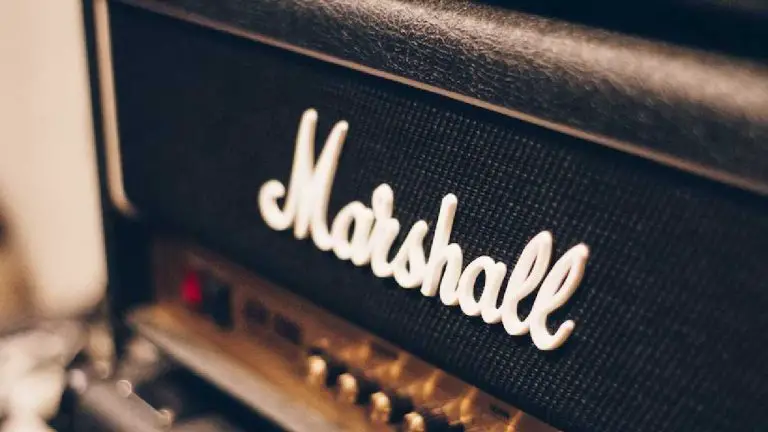Different Filters and How to Use Them
Audio filters are used to work on the range of audio frequency, which ranges from zero Hz to more than 20 Hz. It’s a frequency independent amplifier, which means that it’s designed to pass, attenuate, or amplify sound, depending on the needs of your track. You can also use it to apply other effects, like reverb.
To understand how audio filters work more deeply, you must first learn the different types of audio filters first. Each one of them has different functions and must be used in different circumstances.

Photo Source: https://www.youtube.com/watch?v=UGD6t-dV4EM
High-pass Filter
A high-pass filter offers an easy way for high frequency signals and blocks low-frequency signals for audio. Therefore, if you use this, you can have a cutoff frequency while leaving the frequencies you specify unchanged. High-pass filter is designed from linear time-invariant system and is sometimes referred to as the low-cut filter.
If you experience producing a track with inaccurate low frequency level, then you can use a high-pass filter on the track. To do so, establish an efficient cutoff frequency then move the filter towards the sidechain of the compressor. You can keep the signal from pumping this way. Next, turn off the vocal compression and listen. If you still track low frequency content without the bus compression along with the lack of vocal clarity, then add high-pass frequency to the buses or compressor sidechains in question. Repeat the last step until vocal clarity is achieved. Do not be afraid to experiment withe high-pass frequency if you want t give your audio a unique touch.
Low-pass Filter
A low-pass filter allows frequency signals from zero Hz to the audio’s cut-off frequency point to pass and blocks those higher than it. Also called the high-cut filter, it has a cutoff value and those below it can be heard. All frequency above it are reduced or removed all together. For instance, if you try to use low-pass filter on audio using a cutoff frequency of 1500 Hz, frequencies above 1500 Hz are reduced while frequencies below 1500 Hz are heard clearly.
If you want to mimic the effect of having one signal further away from the listener than the other and boost your audio’s tonal effect, then use a low-pass filter to the output after a delay. To edit your audio’s cutoff for a low-pass filter, you have to go to the toolbar. Select the Low Pass Cutoff. Add points lower than 100% to have remove high frequencies. Once the audio’s cutoff is delayed, you will have a spiral separation between the delay itself and the direct signal.

Photo Source: https://www.youtube.com/watch?v=FU0-bNwlY1s
Shelving Filter
Unlike high-pass and low-pass filter which are used to only cut off specific frequencies, shelving filter is used to do this and boost frequencies, too. A high shelf cuts or boosts all frequencies above the cutoff without having to alter any frequency below it. On the other hand, a low shelf cuts or boosts all frequencies below the cutoff without altering any frequencies above it.
If you can hear instruments clashing against each other and having overlapping frequencies in your track, then you can separate them using shelving filter. Let’s have the drums and guitar for example. If these two instrument clashes, you can apply the high-shelving filter to drum and the low-shelving filter to the guitar. What you’ll have in the end is a clean, comfortable elements in your track.
Peaking Filter
A peaking filter provides a cut or a boost within the center frequency. It can provide unity frequency or 0 dB for the frequencies far from the center of frequency, too. You can use this in advanced applications where you need to address specific bands of frequency more accurately.
If you want to emphasize a selective audio band, you only have to adjust the applied gain and specify the center frequency of the band. Then, you can apply the peaking filter.
Before you pick which type of filter you use, it’s best if you assess your track first and determine what needs to be done with it.
